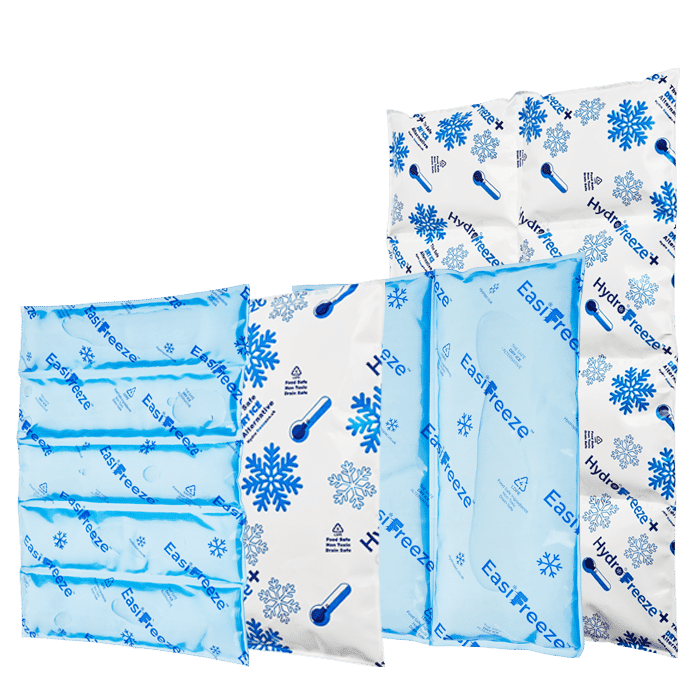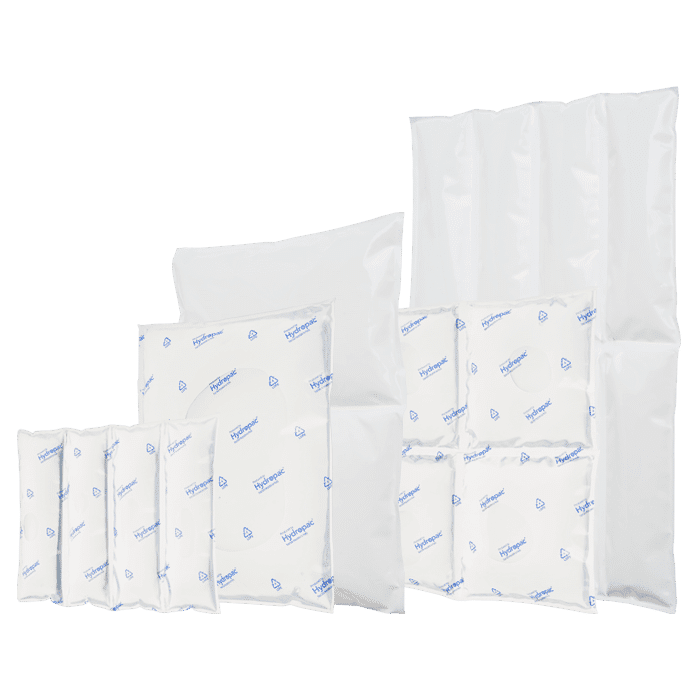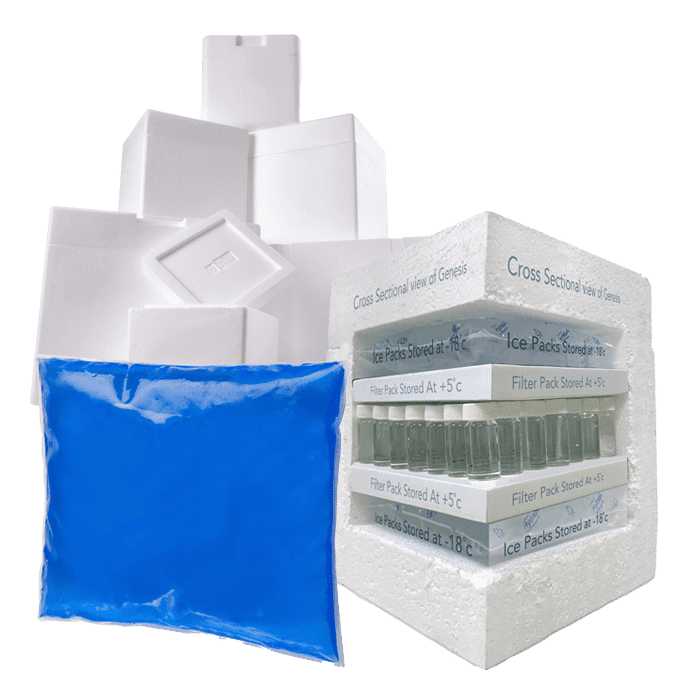Drug Packaging Explained
All of us have, at some point, had medication pass through our hands and know that it must be treated with care, kept away from young/vulnerable people and ideally kept in its original packaging. This packaging comes in many shapes and sizes and is selected based on the type of medicine, its form and how much of it is dispensed in one go.
Blister Packs
Blister packs are commonly used for solid unit doses of different medicines, such as Ibuprofen or paracetamol. They keep tablets separate from each other to avoid crushing or damage in transit by placing each tablet into a thermoformed plastic pocket, which typically then has a lidded seal of either aluminium foil or plastic film that is attached to a paperboard back; these work together to protect against external elements such as water or humidity.
Tubes
Creams are commonly stored in tubes, which are either made from plastic or metal (aluminium). Using a tube means that the cream can be pushed slowly along in the same manner as toothpaste, so you can control how much comes out in one go. The downside of using a tube is that any excess cannot be easily put back inside, and as such is wasted.
Some creams, such as Sudocrem, are stored in plastic pots instead of tubes.
Custom chilled solutions for you
Hydropac offers every customer a customized solution for chilled and conditioned shipping. For example, we help a customer with limited freezing capacity to deliver gel packs frozen and ready to use, and we can manufacture almost all shapes and sizes of cooling elements. As a customer, you come first: we are here to help you.
Bottles
Either made of glass or plastic, bottles are most commonly used for liquid dosages such as cough medicines or children’s medicines like Calpol. Glass is used most often because it offers enhanced barrier properties and also cannot be accidentally squashed and break if kept in an environment where this could happen. Children’s medicines, however, do tend to come in plastic bottles (but not all).
Medicine bottles will most likely have either a childproof cap or a screw cap. Modern day childproof caps were invented by Dr. Henri J. Breault of Tecumseh, Ontario when he became fed up with pumping the stomachs of children who had accidentally taken medicines not meant for them. Dubbed the “The Palm N’ Turn,” local child poisonings in his area dropped by a staggering 91% once launched.
Smaller bottles are also available, often with specialist caps, such as dropper tops or spring loaded for medications such as oral hayfever sprays.
Jars (Smaller Bottles)
It’s also common to store medicine in a smaller bottle, or jar. This is, in most cases, limited to creams, capsules or tablets as it would be impractical and costly to store liquid medications in smaller jars. These are most often given out by pharmacists for prescription orders where an individual may need a smaller amount than in a pre-set blister pack or multipack of drugs.
Like larger bottles, these have childproof caps, but unlike larger bottles they are almost always made of plastic. The reasoning behind this is that, being so small, they are more likely to be dropped or kept in environments where they could become damaged (like a handbag or backpack) so plastic will take more stress in this type of situation than glass without breaking.
Whether it be small or larger bottles or jars, they are often dark coloured; usually brown or sometimes a dark green. This is because the contents may be sensitive to UV light, so keeping them in a darker container helps to prevent this from coming through and causing photochemical reactions within the medication. If you see a clear bottle on the shelf, then the contents inside do not degrade due to light exposure.
Most bottles and jars also have an inner foil lid seal. This keeps the contents inside fresh until this is pierced and prevents air from going inside.
Cardboard Boxes
Bottles, jars and blister packs can come with cardboard packaging. This is to make it easier for transport as well as give an area to write important information such as the drug name, dosage, patient name etc. This also gives a box in which the medication leaflet can be kept.
Plastic bags
Some liquid drugs, such as those administered by IV, are kept in plastic bags until they are used. Not only does this mean that they can easily be hung from an IV stand, it also means they can be stored flat and as such take up less room, making more space to store more medicines.
Plastic bags for infusions are often made from polyvinyl chloride plastic (PVC) in its flexible form – this means that plasticizers have been added, the most widely used being phthalates. They are disposed of after one use and should be treated as medical waste.
Syringes
Some medication has to be given subcutaneously (under the skin). This can be because oral administration would not be effective or doing this will make the medication work quicker. This is where the use of syringes comes into play.
There are different types of syringe most commonly used today;
- Enteral syringe – often used to give medication orally for people who may struggle to take tablets. They are almost always made from RPVC and do not have a needle, but rather an open end in which the medication can be pushed through to the patient orally.
- Pre-loaded spring syringes – often given to a patient for ongoing care at home, these are pre-filled with the medication at the right dosage and have a needle at the end which pushes the medication under the skin. They are spring loaded so the medication goes in smoothly.
- Syringe driver – this is a small infusion pump that gradually administers small amounts of medication to the patient. They can be set to different timings and dosages depending on the individual’s care requirements.
Sustainability Hydropac and CSR
Sustainability isn’t just a trend for us – it’s a promise. As we innovate, create, and lead, we keep our planet’s well-being at the forefront. With Hydropac, you’re not just preserving the quality of your cargo; you’re contributing to a healthier world.
Experience the power of sustainable temperature assurance with Hydropac – where excellence and environmental responsibility coexist for a brighter future.







